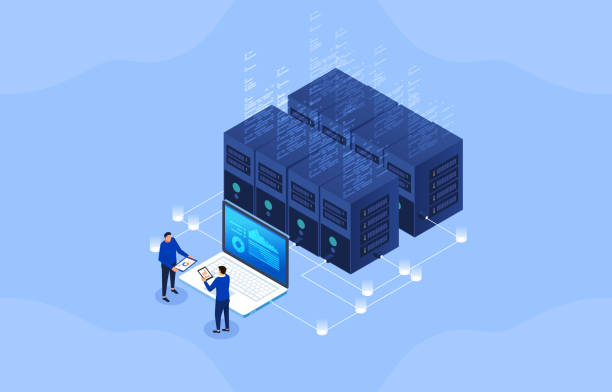Comprehending Data Center Services And Cloud Adoption In The Post Covid-19 World

Business organizations across India dealt with supply chain shortfalls and bottlenecks as a result of the extended lockdown and the subsequent stay-at-home directives. Most organizations had to re-align their IT infrastructure methodologies to continue operating without on-premise availability or possessing a reliable infrastructure to guarantee business continuity and downtime avoidance.
As a result of the pandemic, numerous organizations had to accelerate their transition to become digitally native, and businesses had no option but to embrace the new methods of working and aggressively upgrade their IT systems[1].
The Covid-19 outbreak reinforced the fact that India requires considerably more data centre capabilities than it presently has. During the COVID-19 crisis, a massive section of the global workforce had to abruptly switch to remote working, and data centre services were put to the challenge of handling this data upsurge.
Businesses were enabled to access, administer, and process their critical business-sensitive data from a remote place because data centre networks were operating at full capacity, to the point that data centre services were designated as one of the most essential services and critical resources to tackle the crisis.
Consequently, cloud adoption and advancement of digitization became the foundations of post-Covid-19 business continuity plans. The worldwide cloud applications market was worth $118.7 billion in 2018 and is expected to be worth $437.9 billion by 2026, growing at an 18% CAGR over the forecast period.[2]
Advancements: The Flourishing Demand For Data Centre Services and Cloud Adoption
The need for data centre and cloud solutions had already been on the rise as a result of data localization regulations in the country, and that has risen rapidly during the coronavirus outbreak. Working remotely had increased demand for Software as a Service (SaaS), resulting in massive traffic to data centres, and this is when businesses started to outsource and favoured third-party cloud and data centre services providers operators.
Data centres and the cloud are unquestionably an important element of organizations’ business continuity strategy for successfully running operations with a distributed workforce during the lockdowns propelled by the pandemic. According to Statista, industry sales were anticipated to exceed $50 billion per year by 2023 due to increased cloud usage and data centre services by numerous firms[3].
The major elements driving the growing use of cloud computing and data centre services among SMEs and MSMEs include lower investment, adaptability, reliability, and scalability. In addition, the fast acceptance of cloud and data centre solutions has come from the growth of investments in emergent technologies such as IoT, AI/ML, analytics, big data, and other sophisticated technologies.
Rapid Advancements in Data Centres
To maintain a competitive advantage and the best degree of flexibility and reliability, data centre services had to ditch conventional building methods and adopt innovative technologies that can be used to optimize and enhance efficiency. Organizations today demand highly scalable data centres that provide improved management, disaster recovery, as well as fault tolerance.
Another accelerated requirement that was made evident during the COVID-19 crisis, has undeniably been the increased emphasis on sustainability in data centres.
The ensuing massive amounts of data, thus, necessitated quicker processing near to the sources of creation and consumption. This will result in a gradual move towards local data centre services or geographically dispersed IT facilities for enabling network endpoints. These network solutions supported and enabled speedier responsiveness to current business demands, improving digital resilience in the longer term whilst encouraging greater operational agility and business scalability[4].
The Hybrid Cloud Model Is The Way To Go
Hybrid cloud enables businesses to work with a flexible cloud model that caters to diverse workgroups. This sort of cloud enables better data and IT administration, resulting in enhanced efficiency and production.
Companies may quickly transfer large workloads between private and public clouds without incurring additional CAPEX. These advantages enable firms to quickly transition to an OPEX model and save substantial money during these unusual times. In the post-Covid-19 climate, organizations are recalibrating their strategies to get the greatest benefits from the cloud and achieve a competitive edge.
It is becoming increasingly clear that the world would never be the same again after Covid-19. Rather, it will continue developing and evolve in order to benefit the global economy in the future, and data centre services and cloud solutions would definitely play an important role in this.
Closing Notes
Amongst all the colocation service providers in India, STT GDC India has a revenue market share of over 33%. They provide cutting-edge data centre solutions that are in sync with changing infrastructure standards and technology demands to deliver operational excellence to its clients, besides enabling increased accessibility, improved connection, and unsurpassed infrastructure reliability.
STT GDC India operates 18 colocation data centre facilities in nine key cities across India, delivering innovative services that exceed all industry requirements and unlocks competitive advantage for businesses. To know more details, contact them or explore data centre services on their website to get a better understanding.






